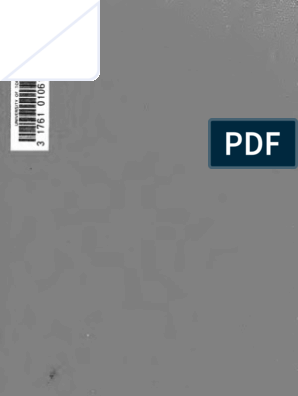0% found this document useful (0 votes)
29 views6 pagesWeek 1 2 - Introduction and History
The document provides an introduction to operating systems (OS), defining them as software that serves as an intermediary between computer hardware and users, managing resources and providing a user interface. It outlines various types of operating systems, including examples like Windows, Linux, and macOS, and details their key features. Additionally, it discusses the functions of an OS, such as process management, file management, and security management, as well as the historical evolution of operating systems from early computers to the present day.
Uploaded by
mobbymulesheCopyright
© © All Rights Reserved
We take content rights seriously. If you suspect this is your content, claim it here.
Available Formats
Download as DOCX, PDF, TXT or read online on Scribd
0% found this document useful (0 votes)
29 views6 pagesWeek 1 2 - Introduction and History
The document provides an introduction to operating systems (OS), defining them as software that serves as an intermediary between computer hardware and users, managing resources and providing a user interface. It outlines various types of operating systems, including examples like Windows, Linux, and macOS, and details their key features. Additionally, it discusses the functions of an OS, such as process management, file management, and security management, as well as the historical evolution of operating systems from early computers to the present day.
Uploaded by
mobbymulesheCopyright
© © All Rights Reserved
We take content rights seriously. If you suspect this is your content, claim it here.
Available Formats
Download as DOCX, PDF, TXT or read online on Scribd
/ 6























































































